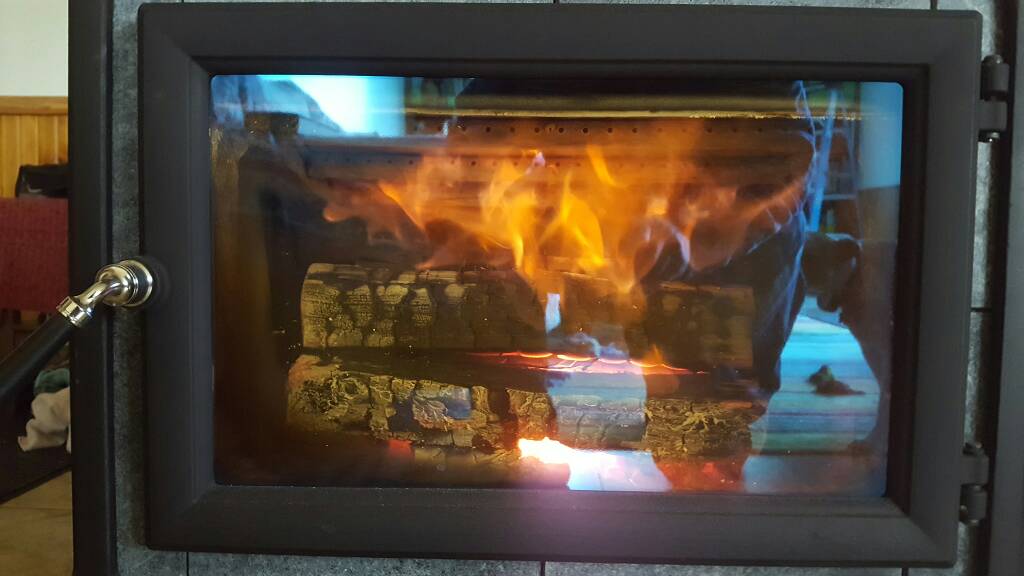Firemoore98
ArboristSite Operative
That's the 1st thing I thought too was the wood so I gave him a truck load of locust that had been split and stacked about 4 years ago. Said it was a little better but not much. I know he doesn't take the time to fiddle with all those steps you mentioned above so that is probably the problem. Sounds like a guy needs to be retired with nothing to do before he buys an EPA stove.
Make no doubt about it an EPA stove requires fiddling.
Stove/wood furnace manufacturers design features that are intended to make the burn cycles easier, but I've never seen a 100% load it and forget it EPA stove. If you want something you load up, set the air/damper according to the stove temp you want, and want fine ash coals at the end, then you do NOT want an EPA stove.
The efficiency of getting every last btu out of a log comes at a cost of fiddling and heat cycles, if you don't embrace that concept you and your EPA stove won't get along.
Jason
Sent from my iPhone using Tapatalk


























































